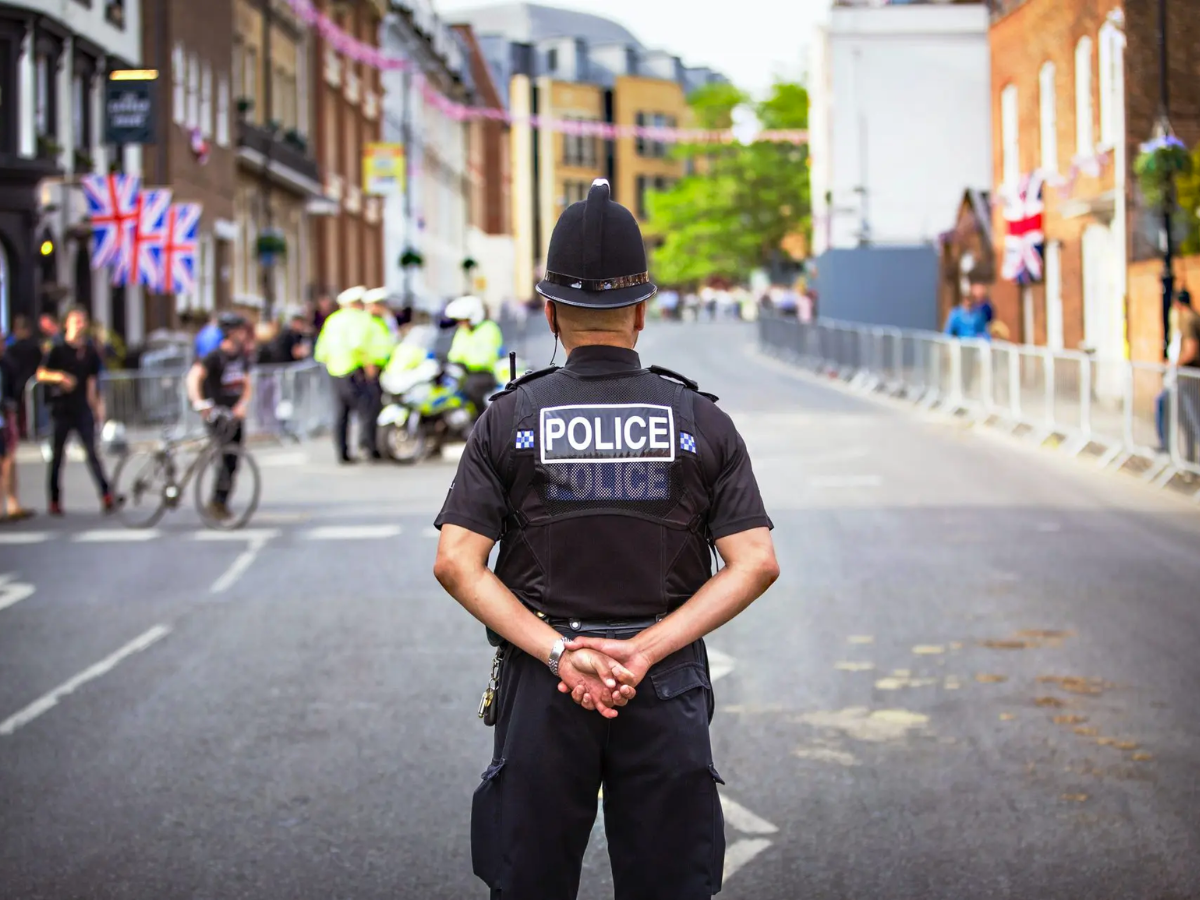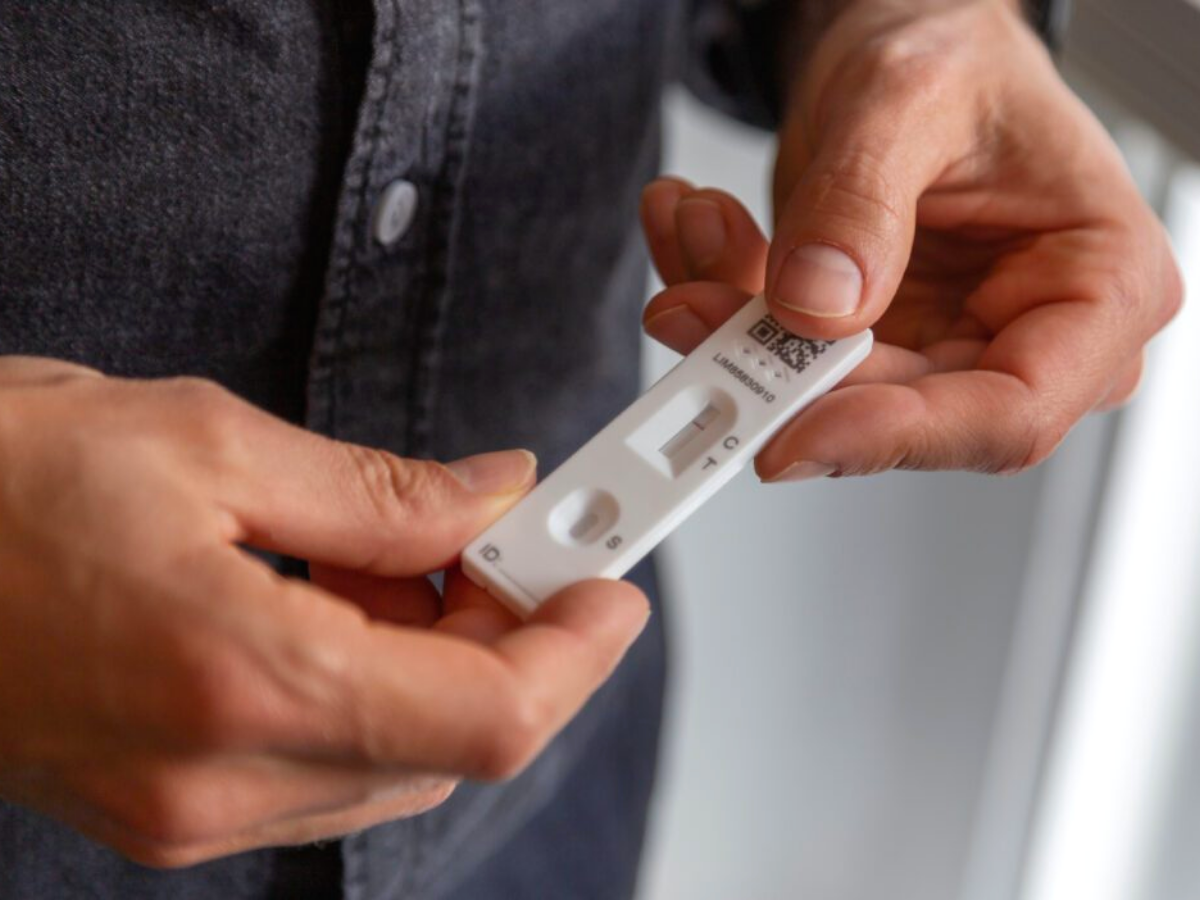In the latest stages of the plan to ‘live with covid’, mass testing and the requirement to isolate after a positive test will soon come to an end in England. Originally scheduled to be re-examined in April, the requirement to isolate after a positive Covid test will now end on Thursday along with routine contact tracing.
As of April 1st, ‘all types of testing in the community – both the PCR tests offered to people with symptoms and the rapid lateral flow tests used to check for asymptomatic infections – will go.’ The only exceptions to this are social care staff and those deemed at risk – though the latter group is yet to be clearly defined. The changes on April 1st will also include the removal of covid considerations from health and safety requirements in the workplace.
The latest ONS figures showed that 1 in 20 people in England currently have Covid. This marks a decreasing trend, but the end of mandatory isolation may change this picture.
Reduced testing
The move to end free testing will inevitably result in less testing in the community. While Boris Johnson has stated that the government will work with retailers to ensure that everyone who wants a test can buy one, the number of people willing – or able – to pay for tests will be significantly smaller than the number of people currently accessing free tests.
Once free testing comes to an end, the price of LFTs will reportedly be between £2 and £5 per individual LFT or around £20 for a pack of seven. While this cost may seem relatively small, it soon adds up – especially for those with a low income or a large family. As a result of these new costs, asymptomatic testing will likely take the biggest hit – if you can’t afford many tests, of course you will reserve them for potential symptoms.
Trusting the public to do the right thing to protect another’s wellbeing is a good idea in theory, but, as Keir Starmer commented, removing free tests means the government is ‘taking away the tools’ to do so. He added that this move – along with the end of support payments for those on low income who have to take time off work – will hit the lowest paid the hardest.
Aware that people may have tried to stock up on free tests while they had the chance, a limit on the number of free tests that can be ordered was quietly added ahead of the announcement. Where it was previously possible to order a box a day, people now have to wait for 72hours between orders.
Visibility of cases
This reduction in testing will make it harder to see how many cases there are. The lag between the end of enforced isolation later this week and the end of free tests in April will, thankfully, mean there will be a window of about a month in which data can be gathered on the impact of ending isolation.
However, with the knowledge that they will not have to isolate even if they do test positive, people may begin to test less frequently in advance of April. This may then make it difficult to see what impact ending mandatory isolation will have on case rates. While testing is being scaled back, the weekly ONS survey used to provide weekly case estimates will remain.
It has been suggested that ‘data on testing and deaths – which is currently contingent upon people receiving a positive Covid test in the 28 days before their death – could be severely impacted by the elimination of free tests.’ Without clear visibility of the daily and weekly changes in these figures, it will be difficult to accurately monitor the spread of the virus, as well as potentially delaying the identification of future variants.
Reduced testing will make life difficult for those who are at risk of poorer outcomes if they catch the virus, such as those who are immunocompromised. Without mandatory isolations for those who test positive, vulnerable people are once again having to shield in order to keep themselves safe.
Over budget
Covid has come with undeniably huge economic costs, and it was only a matter of time before the Treasury determined that it could no longer afford to continue paying for the fight against COVID-19. The Department of Health had reportedly ‘asked for an extra £5bn to preserve the testing regime at a scale in order to identify any new threats quickly enough and avoid the return of restrictions’, but no extra funds were granted.
The end of free tests will coincide with the planned 1.25% increase to National Insurance contributions that the government is implementing to gather the necessary funds for NHS, health and social care reforms in the UK. This additional funding from the public and the end of supplying free tests will put the government and the NHS in a better financial situation, but at direct cost to members of the public. Combined with rising energy costs and general inflation, the coming months will be difficult for many.
Recommended for you

Antidepressant Prescribing at Six-Year High
More people are taking antidepressants than ever. Is this a dark sign of the times or an indication that mental health stigma is changing?

Can AI be Used to Determine Cancer Recurrence?
When cancer patients go into remission, they often worry about it coming back. AI can now help identify those at risk of cancer recurrence.

Pegasus – Still a Threat to the UK?
The notorious Pegasus spyware has been misused to exploit vulnerabilities in devices, even those kept within the walls of Number 10.
Trending

Drug Decriminalisation: Could the UK Follow Portugal?
Portugal’s drug decriminalisation has reduced drug deaths and made people feel safe seeking support. Would the UK ever follow suit?

Calling All Unvaccinated UK Adults
With Covid cases rising, the NHS is urging the 3 million UK adults who remain unvaccinated to come forward.




